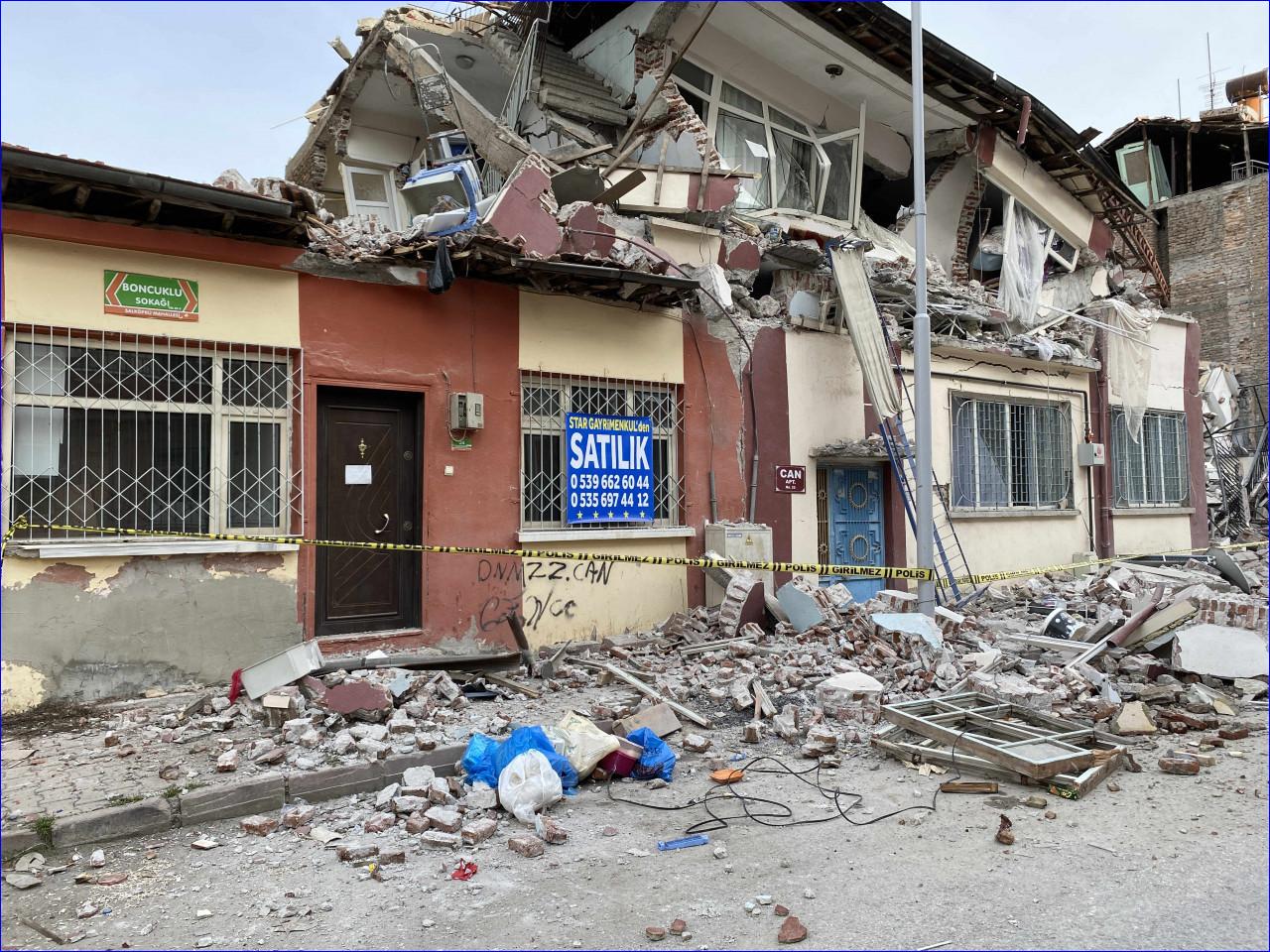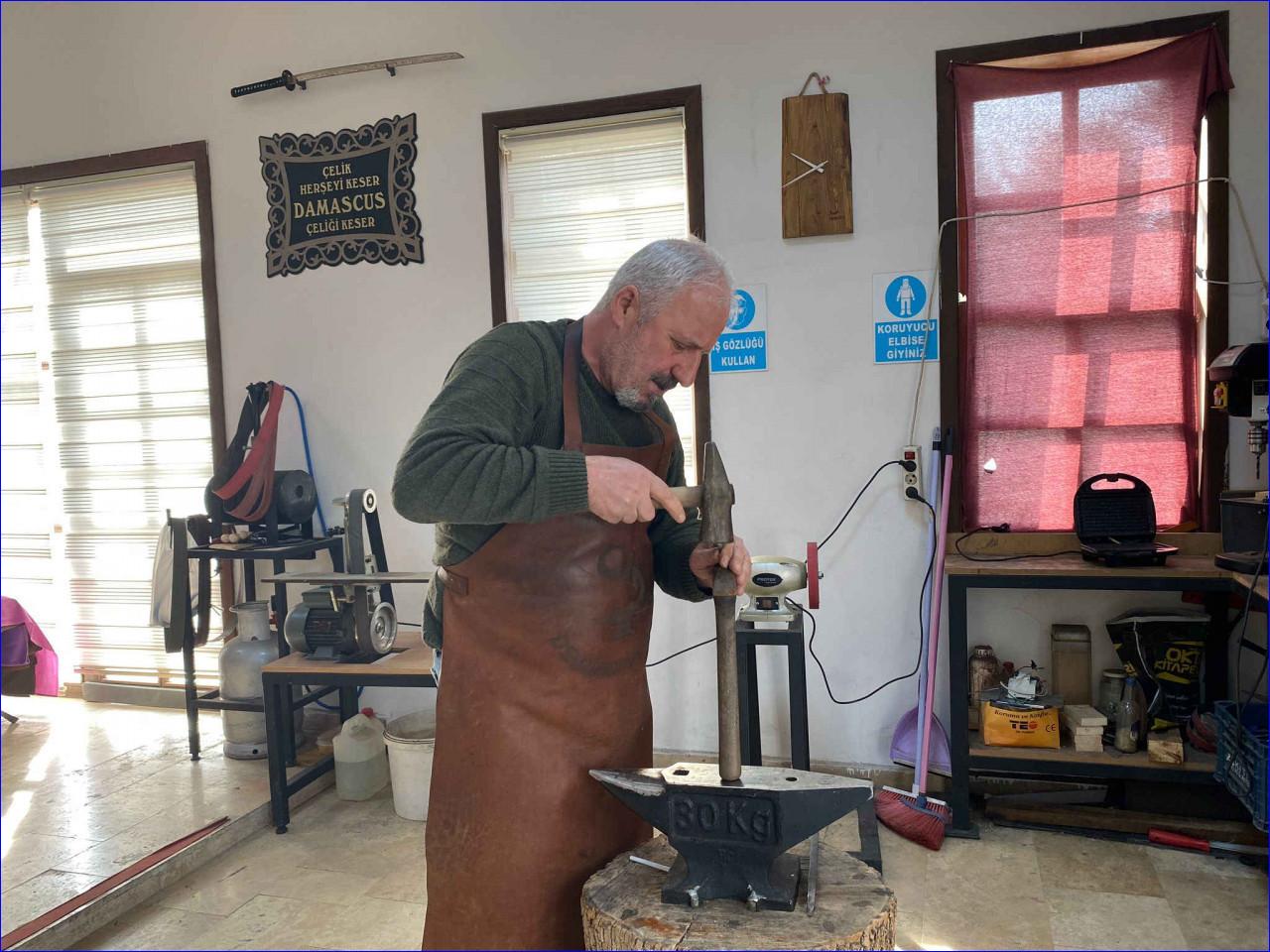


Some 60 people from both communities lived in the neighborhoods before the quakes on Feb. 6. Four people lost their lives, and most survivors left the province.
In the first earthquake on Feb. 6, the Armenian Tabaş family of 4 was trapped under the rubble in the Salköprü neighborhood. While the couple Ayda Tabaş and Sami Tabaş died under the rubble, their child Aleks Tabaş, who was pulled out of the rubble by neighbors, died in the hospital.
On the morning of the earthquake, snowfall and freezing temperatures forced some earthquake survivors to enter their homes. Maryam Kabataş, one of these survivors, was caught in the second earthquake afternoon, and her dead body was pulled out from the rubble.
Taşharon Church was also severely damaged by the earthquake. Large cracks formed in the historic church's walls, which was built in the second half of the 18th century in Malatya's Çavuşoğlu Neighborhood. After being idle for a long time, the church was restored and opened for worship in 2021.
Yusuf Bayyiğit, an Assyrian blacksmith master who moved his family out of Malatya after the two major earthquakes and returned later, said that the Armenian and Assyrian population in the city does not "exceed the fingers of a hand" (a Turkish idiom used for describing fewness).
Bayyiğit stated that Malatya's Armenian and Assyrian population have been emigrating since the past and that the limited number of Armenians and Assyrians had to leave the city due to natural disasters.
He explained that their population was much higher in the past but decreased over time. Bayyiğit stated that the Armenian and Assyrian populations had to migrate due to political developments in Turkey, the first time during World War I, the second time during the 1974 Cyprus Operation, and the third time during the 1980 military coup.

Bayyiğit stated that they had sent their families to other places after the earthquake and said, "Unfortunately, this time, we were scattered like everyone else due to the quakes. We also lost some families. There is another person like me who sent his family to the city center after the earthquake; there are two of us left. We also have two families who settled in a village near Malatya. Apart from that, all the Armenian and Assyrian families living here took refuge with their relatives outside Malatya. Of course, this asylum is temporary. But I don't know how they will return later or if they will be able to stay when they come back. Most of the houses are destroyed, and the rest is inhabitable."
He concluded that "I wish there were more of us left, and we could rebuild our city together. I think even picking up a safe from the ground and putting it there is a service to the city."
English version by Can Bodrumlu.

or register to post a comment.